Raw Examples
While RAW can offer greater creative control for the photographer, the additional time required for conversion of a RAW file to a usable image and the storage requirements for RAW and loss-less compression files will keep most from routinely shooting RAW instead of JPEG. However shooting RAW is an option in almost every DSLR camera. It is there when you need it.
In addition to the limits of in-camera processing, the common JPEG file is also compressed. Compression can be adjusted in most cameras from an option with the least compression and highest quality and largest file size (Maximum JPEG or 100%) to the greatest compression and poorest quality and smallest files size (Low or 10%). When shooting and processing RAW, the RAW file can be processed and saved as a lossless TIFF (tagged Imaged File Format) file with no compression at all if you choose. For web publishing there is also saving as a PNG file, which is another loss-less file format.
While lossless sounds good the storage requirements and overheard for processing can become huge. In the samples below with the 14.6MP Pentax K20D, saving a RAW file in the Pentax standard PEF format creates a file size of 14.3 to 21.5MB. Processing the RAW PEF and saving a single full image as a lossless TIFF generates files that are 45MB for each image. Applying minimal LZW compression to the TIFF can reduce the size to 35MB and using ZIP compression in the TIFF processing can yield a 30MB file. This compares to the highest level JPEG files produced in the camera that are 11 to 12MB.
The samples below compare JPEG and RAW-processed images from the Pentax K20D. This camera was chosen as an example because it is the largest consumer-priced sensor currently on the market. In addition many reviewers complain about Pentax JPEG processing and recommend capturing images with this camera in RAW for highest resolution. Several review sites have found the K20D in RAW mode to offer the highest resolution available on any consumer DSLR.
The RAW processing consisted of converting the files from RAW to JPEG using Camera RAW in Photoshop CS3. No processing or adjustments at all were used in processing the RAW files. Since all images were captured using the Tungsten preset it was interesting to see that the RAW files "As Shot" by the Pentax were 2500°K instead of the 2850°K usually seen as the Tungsten preset definition in most cameras. This could be easily adjusted, as can sharpness and every other parameter you wish to control in RAW. That is an option that was not used for this demonstration.
Crops were captured directly from the RAW image and saved as a ZIP compressed TIFF for a moderate size and minimal compression. The hope was to provide uncompressed TIFF files for the RAW viewing, but at 45MB per image there were concerns the AnandTech server could handle the traffic. For these samples the RAW file was saved as a Maximum Quality 100% JPEG. It is interesting how much file size an be reduced when you select little to no parameter adjustment, no sharpening, and no noise reduction. The 100% JPEGS produced in the RAW conversion were 2.4 to 7.5MB, which is much smaller than the in-camera processed Maximum JPEGS.
The in-camera JPEG processing applies additional sharpening and some noise reduction. We had the in-camera noise reduction ON but at the lowest selectable level available. With RAW processing you can choose the degree of sharpening, color saturation, noise reduction, etc. that you prefer and automate that conversion process after you shoot the RAW image - all in your computer. However, where the camera processing is dependent on the image processing preferences of the camera designer, the RAW processing is very dependent on the RAW conversion software you use. The decision is who you trust most with your image.
RAW is a very useful tool for some professional photographers who want complete and total control over the image creation and conversion process. Those who lived for the darkroom will likely only shoot in RAW and RAW conversion is the Digital-Era equivalent of the film darkroom. RAW conversion is powerful but it can also be very time-consuming.
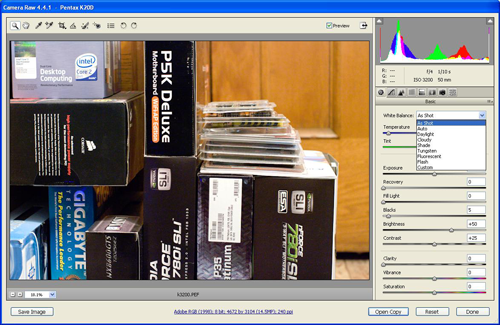 |
Having said that, one area where RAW conversion does shine is White Balance control. With all the sophisticated processing capabilities in today's DSLRs it is amazing that none of the manufacturers have figured out how to get Auto White Balance to work acceptably under Tungsten or Fluorescent light - the two types of lighting you will most likely find in homes and commercial space. Shooting RAW you can quickly and easily adjust white balance just by selecting a drop-down description or fine-tuning a Kelvin temperature slider.
If the camera processing is fast enough many experienced photographers shoot RAW+JPEG. In most situations they will use the JPEG file, but when extra control is needed, or the in-camera processing just isn't up to the photographer's preferences, the RAW file is available for custom control. This can slow lesser cameras down considerably, so consider the advantages and disadvantages before you jump on this bandwagon.
In the end use RAW when you want ultimate control over the image processing and you know how to manipulate RAW files in software you trust for this process. At the very least you can do some simple RAW capture and conversion in tricky lighting situations using the RAW converter that came with your camera or a simple program like Photoshop Elements which supports the latest Adobe Camera RAW just like Photoshop CS3 does.
For future reviews images will generally be JPEG with in-camera processing. That is the way most of our readers will use these cameras. There is no pretense here that AnandTech is serving a professional photography market that lives for the creative control of RAW processing.
With the meteoric rise in DSLR sales we believe the great majority of these new buyers are photo hobbyists and not advanced amateurs or professionals. They buy a Canon or Nikon or Sony or Olympus or Pentax or whatever camera for the quality of images the camera produces. That includes the in-camera image processing that goes on to produce a JPEG saved to the memory card. The bulk of these new buyers may be interested to know that the Pentax has higher resolution when images are captured in RAW, but mostly they will shoot default finished JPG images.
You should know that RAW is an extremely powerful tool if you know how to use it, and frankly you can do some incredible things in RAW with little knowledge of all the parameters. The important thing is the option of shooting RAW or RAW+JPG is available on almost any DSLR. You should choose to use it and learn a little in difficult lighting or in situations where you have a "mind's-eye" picture that you want to create in the digital darkroom that is RAW processing.


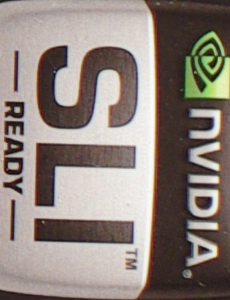
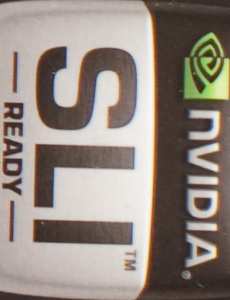
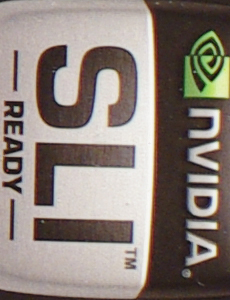
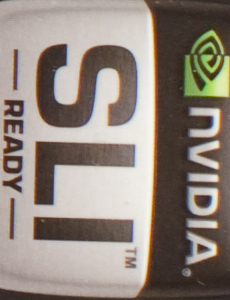
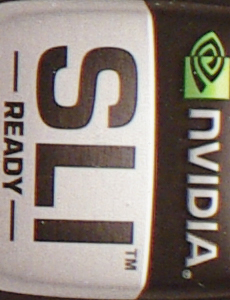
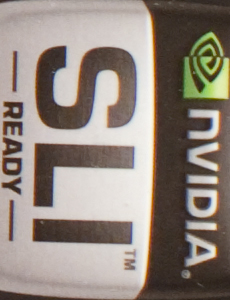
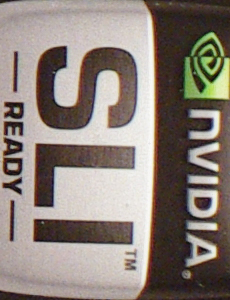
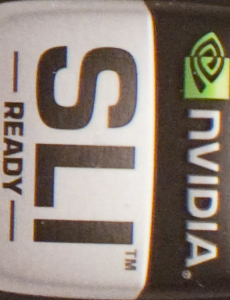
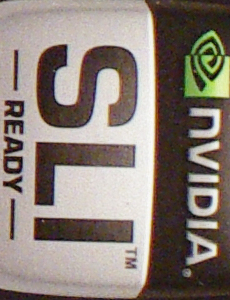
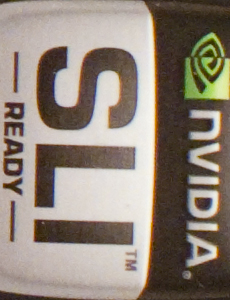
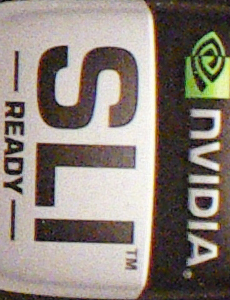
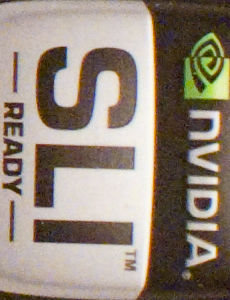
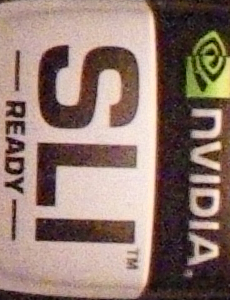
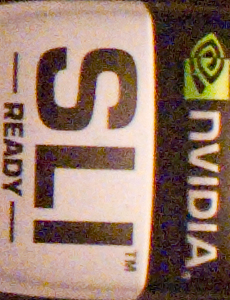








22 Comments
View All Comments
Wesley Fink - Tuesday, May 20, 2008 - link
The goal was to produce a fair comparison and as staed in the article we do have the TIFF files available. The purpose was never to show there is minimal difference in RAW and JPEG. As we were preparing to post there were concerns that the TIFFs, at 45mb each, might cripple our server as a direct image view "click to see". That is the ONLY reason we converted to Maximum JPEG format directly from the RAW file.Since there is some interest we will likely produce a ZIP of the TIFFS and create a download link on the RAW examples page.
Wesley Fink - Tuesday, May 20, 2008 - link
Another option would be to post a ZIP of the RAW files. The latest Adobe Camera RAW can handle the PEF format in either Photoshop CS3 or Elements 5 and 6. OR we could save in Adobe DNG format and the DNG files could be read in almost any recent Photoshop or Elements - but not other programs. If either of these is a preferred option please let us know in these comments and we will go with what readers want.pinto4402 - Tuesday, May 20, 2008 - link
A ZIP file of images in RAW or DNG format would be great. I don't think any other review site is doing this. Although I won't download them each time I read an article, I would absolutely look at them VERY carefully if I'm interested in a camera.pinto4402 - Tuesday, May 20, 2008 - link
For your sample images, have you thought about using a high quality mannequin head (sounds creepy, I know), or silk flowers? Although not perfect, this would be much preferable to the product boxes you’ve been using. This will allow you to precisely control your test protocol while at the same time obtaining useful information about the imaging capabilities of cameras being tested).Overall, your camera reviews are better than average and if you’re serious about it, why not make your testing as good as possible?
haplo602 - Tuesday, May 20, 2008 - link
"Serious photo hobbyists will also be facing difficult decisions today and even more so in the near future. The cost of larger and larger sensors has been dropping rapidly; and CMOS sensor development from all the sensor manufacturers is also a factor in lowering costs and increasing resolution. Like it or not Canon and Nikon have already begun segregating their SLR line into full-frame and APS-C sensors. Those who wondered why Sony was introducing mainly full-frame lenses will finally get their answer later this year with Sony's 24.6MP full-frame flagship model."This exactly makes me a happy film shooter :-) There's one disdvantage to full frame sensors however. They increase demand for full frame lenses and increase the prices for me :-(
Anyway good article. I'd have one comment and one request.
Comment: There was lots of heated discussion about your sample images (there is one again so far). Would be good if you could shoot manual with f/4.0 and whatever shutter reading for the selected ISO but same for all cameras to make the captured EV consistent. This should in theory lead to all images having same brightness. Of course that will vary by camera processing, but at least you get one more point you can compare from the same series of shots.
Request: Can you make an article on the processing path of different camera makes and sensors ? You covered the digital conversion so far, but the A/D part would be nice to have too. F.e how ISO is controlled (analog gain or digital interpolation) etc. Also explanation what a higher bit-depth sensor means (12 vs 16 bit sensor and A/D). I know these things are pretty basic, but this will create some common group which you can reference in the future and avoid stupid questions (well some of them at least).
7thSerapHim - Tuesday, May 20, 2008 - link
Does anyone agree that a better object with clearly defined lines and colors should be used instead, for the comparison crops?Most of the time these mass-produced product boxes have mediocre color matching and well-defined lines so it shouldn't be used as a 100% comparison crop.
The shots also seem to have a substantial amount of chromatic aberration, or maybe just due to pixel peeping, hmmm...
sprockkets - Tuesday, May 20, 2008 - link
JPEG compression control would be nice on the p&s. The Canon SD1000 has compression artifacts all over, thus making the pictures it takes look worse than a $90 Nikon.dblevitan - Tuesday, May 20, 2008 - link
There are two key advantages of RAW that you missed and that could be useful to even people who are slighly interested in improving images.First, RAW provides 12 or 14 bits/pixel while JPEG only provides 8 bits. This is extremely relevant if you edit at all in Photoshop/Lightroom because any kind of level adjustment (even auto) will cause more color degradation with an 8 bit image than with a 16 bit image (which is what the 12 bit RAW files are generally processed into).
Second, RAW provides a better chance of recovering improperly exposed images by allowing at least 1/2 stop of exposure correction without any penalty and often more without significant issues. With JPEG you simply won't get this.
Wesley Fink - Tuesday, May 20, 2008 - link
You are absolutely correct that while JPEG is 24 bits per pixel it is only 8 bits per color channel (red, green, blue). The Pentax K20D is specified as a 14-bit A/D processor.Photoshop and other processing software, as you point out, normally processes this in 16-bit. However, it really doesn't matter in the end how the program processed it or saved it, what matters is the input bit depth. Many are not aware of this, but Photoshop also processes JPEGS as 16-bit on more powerful computers, but this just speeds up processing because you start with 8-bit and save as 8-bit with JPEG. There is no real advantage processing 12-bit files as 16-bit except processing speed as you don't gain real resolution improvements.
I agree RAW SHOULD allow more dynamic range, but some of the newest models like the Nikon D300 can actually do just as well or better in dynamic range in JPEG. However, in general what you say is true although it is changing as the processing power in DSLRs is improving.
What we really need is a higher bit-width JPEG standard. Let's hope the JPEG standards committee is hard at work on just that.
Bull Dog - Monday, May 19, 2008 - link
Is it just me or is the third page missing?